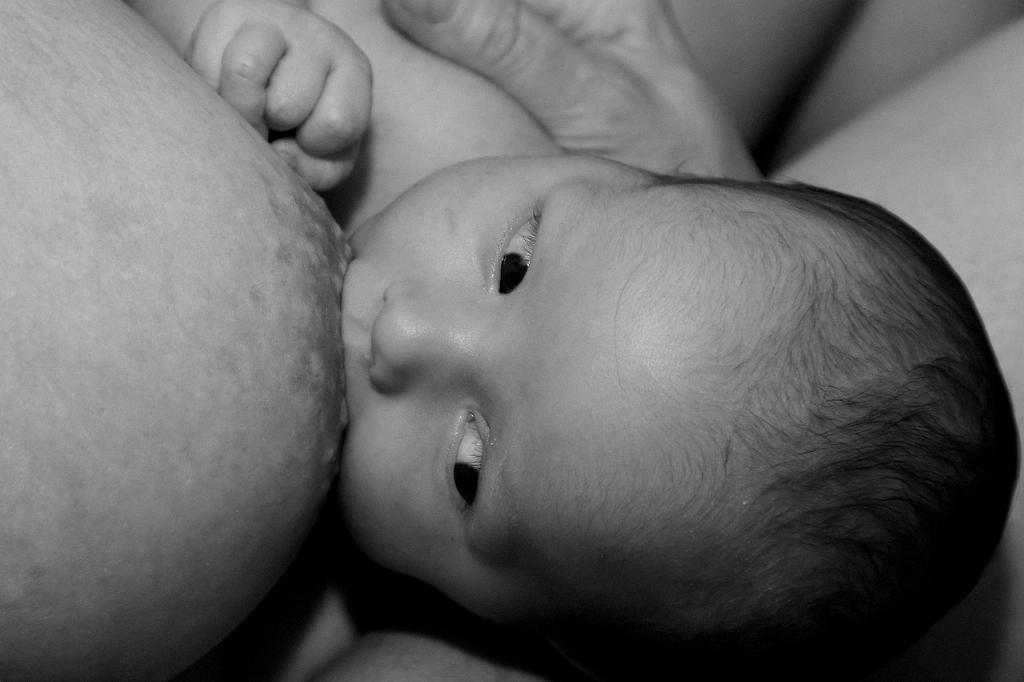When it comes to identifying the foods that may cause gas in breastfed babies, it’s essential to consider various factors that can impact your little one’s digestive system. Anecdotally, moms have noted that certain foods, commonly known to cause gas in adults, can potentially affect breastfed babies as well.
Potential Culprits of Gas in Breastfed Babies
Among the foods that could be the culprit behind your baby’s gassiness are broccoli, cabbage, beans, cauliflower, garlic, and spicy foods. These items have been reported by some moms to cause gas or irritability in their breastfed infants.
Observing Your Baby’s Reaction
Every baby is unique, and their reactions to different foods can vary. It’s essential to observe your baby’s behavior and digestive patterns to pinpoint any potential triggers. You may notice changes in your baby’s gas levels after consuming certain foods.
Elimination Diet
If you suspect that a particular food is causing gas in your breastfed baby, you may consider following an elimination diet. This involves removing the suspect food from your diet for a period to see if it has any impact on your baby’s gas levels.
Consulting with a Healthcare Provider
It’s always advisable to consult with your healthcare provider or a lactation consultant before making significant changes to your diet while breastfeeding. They can provide guidance on how to proceed with an elimination diet and ensure that you and your baby are receiving adequate nutrition.
Keeping a Food Journal
Keeping a food journal can be a helpful tool in identifying potential triggers for gas in your breastfed baby. By tracking your food consumption and your baby’s symptoms, you may uncover patterns that can guide you in making dietary adjustments.
Gradual Introduction of Foods
When introducing new foods into your diet while breastfeeding, it’s essential to do so gradually. This approach can help you monitor your baby’s response to different foods and identify any potential gas-inducing culprits.
Opting for Simpler Foods
Choosing simpler, less processed foods may also help reduce the likelihood of gas in breastfed babies. Whole foods like fruits, vegetables, lean proteins, and whole grains are generally well-tolerated by both moms and babies.
Hydration and Fiber Intake
Ensuring adequate hydration and fiber intake in your diet can also play a role in reducing gas in breastfed babies. Staying hydrated and consuming fiber-rich foods can support healthy digestion for both you and your baby.
Seeking Support and Resources
If you’re struggling to identify the foods causing gas in your breastfed baby or need additional support, don’t hesitate to reach out to a lactation consultant or breastfeeding support group. These resources can offer valuable insights and guidance.
Patience and Persistence
Identifying the foods that cause gas in breastfed babies may require patience and persistence. It’s essential to approach this process with a calm and understanding mindset, knowing that it may take time to pinpoint the specific triggers for your baby.
Enjoying the Breastfeeding Journey
Despite the challenges that come with identifying gas-inducing foods, it’s important to cherish the special bonding experience that breastfeeding provides. Remember to take care of yourself and your baby throughout this journey, making adjustments as needed to ensure both of your well-being.
Conclusion
In conclusion, while certain foods like broccoli, cabbage, beans, cauliflower, garlic, and spicy foods may potentially cause gas in breastfed babies, every baby is unique, and their reactions can vary. By staying attentive to your baby’s cues, following an elimination diet if needed, and seeking support from healthcare providers, you can navigate the challenges of identifying and managing gas-inducing foods while enjoying the breastfeeding journey.

